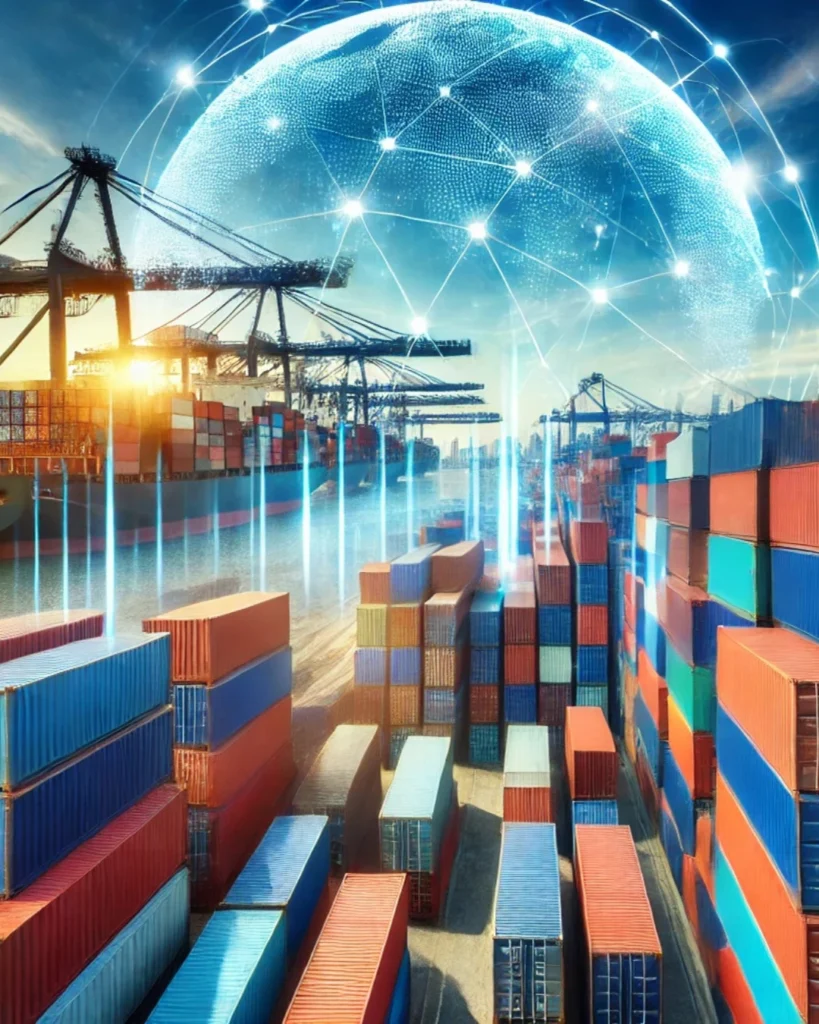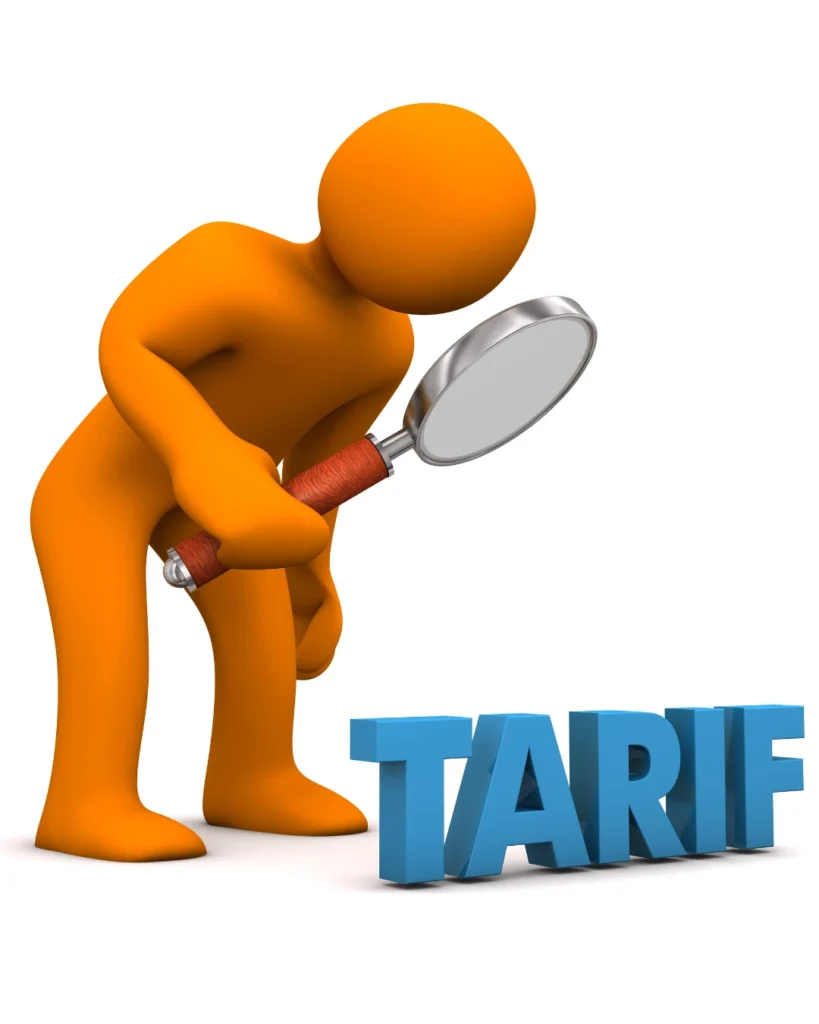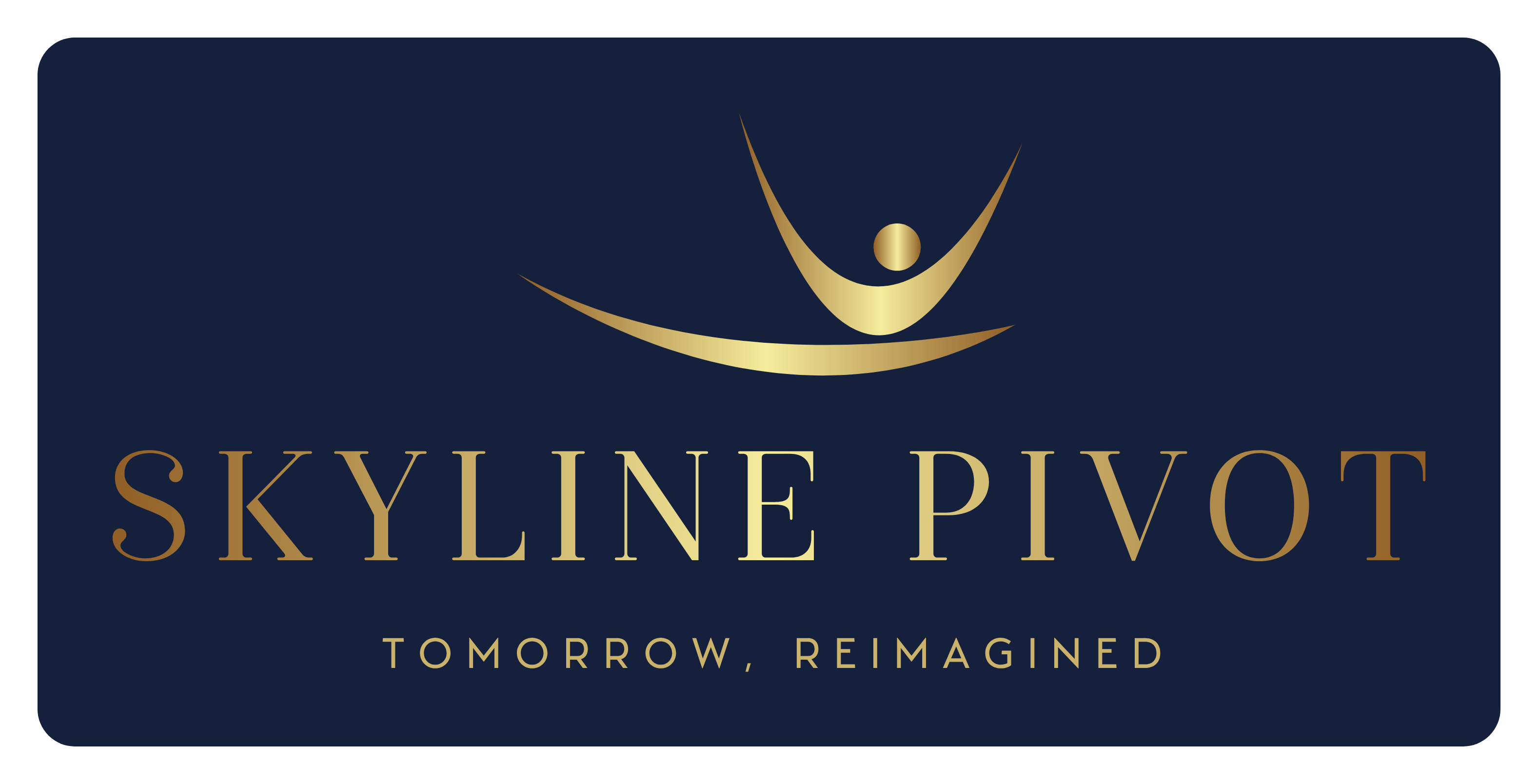Understanding tariffs: Are they protecting the ‘American Dream’? Or, pricing us out of it?
Before you celebrate or criticize, let’s see who’s really footing the bill.

What Are Tariffs, Really?
Imagine this: You’re shopping for a new car and notice prices creeping up. A sleek Toyota Camry that previously sold for $30,000 is now $33,000. Why? A new 10% tariff on foreign imports has been added to the manufacturing costs, and the increase is passed down to buyers like you.
Tariffs are essentially taxes imposed on goods brought into the country. Their goal? To make foreign products more expensive, so American-made goods become the more attractive option. In theory, this boosts domestic manufacturing and keeps jobs within U.S. borders.
Sounds like a win for the home team, right? But there’s a flip side.
The Good: Tariffs as Economic Boosters
Tariffs can work as a double-edged sword, creating opportunities in some industries:
1. Domestic Job Creation:
Tariffs encourage companies to “build local.” For example, Toyota responded to a 25% truck tariff by shifting production to the U.S., creating jobs and strengthening local economies. It’s a classic case of turning a challenge into opportunity.
2. Revenue for National Debt:
A 10% tariff on all imports could generate roughly $400 billion annually. While it won’t erase the national debt, it’s a significant contribution that could be allocated to infrastructure, education, or healthcare.
3. Investing in Local Manufacturing:
Tariffs can act as a nudge, pushing companies to establish facilities in the U.S. This ripple effect supports construction, logistics, and related industries, strengthening the economy as a whole.
The Bad: The Hidden Costs of Tariffs
But here’s the thing: tariffs don’t operate in a vacuum. They come with real costs—often felt by the very consumers they aim to protect.
1. Inflation Hits Hard:
When tariffs increase the cost of imports, businesses often pass those costs onto you. A $100 vacuum cleaner from Walmart might now cost $110. Multiply that across thousands of products, and it’s easy to see how tariffs can drive inflation.
2. Uneven Industry Impact:
Not every industry sees the benefits of tariffs. Take clothing, for instance. Even with a 10% tariff, importing garments from countries with cheaper labor and relaxed regulations—like Bangladesh—remains more affordable than producing them in the U.S. The result? Higher prices for consumers without a revival of domestic manufacturing.
3. Pressure on Small Businesses:
For small businesses reliant on imported materials, tariffs can feel like an unexpected tax. Owners face tough decisions: raise prices, cut costs, or absorb the hit. In some cases, the strain could lead to layoffs—or even closures.

Understanding Tariffs: Who’s Really Paying the Price?
Here’s a question to consider: when a tariff is imposed, who’s footing the bill?
Understanding tariffs will reveal certain truths to you. Mainly, a clarity on who’s affected. Guess what?! It’s not foreign countries—it’s you.
Let’s say Walmart buys a product for $100, but with a 10% tariff, they now pay $110. To maintain profits, Walmart raises the retail price, and you end up covering that extra $10. The government collects the tariff revenue, but your wallet takes the immediate hit.
Do Tariffs Have a Future in the U.S.?
The big question: can Trump’s proposed 10% tariff on all imports become reality?
The Likely Scenario:
Instead of a universal tariff, we’ll probably see targeted tariffs on specific imports, especially from countries like China. While Trump has floated the idea of broader tariffs, history suggests such proposals face significant resistance—from lawmakers, industry leaders, and even within his own party.
Congressional Approval Required:
Imposing universal tariffs would need congressional approval, which is unlikely due to partisan divides. Even with a Republican-controlled House and Senate, securing the necessary votes remains a challenge.
The Big Picture
Understanding tariffs allows you to realize they are a balancing act. They can create jobs, bolster domestic industries, and generate revenue, but tariffs also risk inflating prices and straining global trade relationships.
The key question is this: “Do the benefits outweigh the costs?”
Understanding tariffs is just the beginning. The financial world is complex, but it doesn’t have to feel overwhelming. Skyline Pivot is here to break it all down, helping you stay informed and empowered to make smarter financial decisions. Take the first step toward mastering your personal finances today.
Further Reading
- Corporate Transparency Act Explained: What You Need to Know Read here
- Skyline Pivot Insights: Discover strategies to grow your wealth in an evolving economy. Learn more.


Leave a Reply